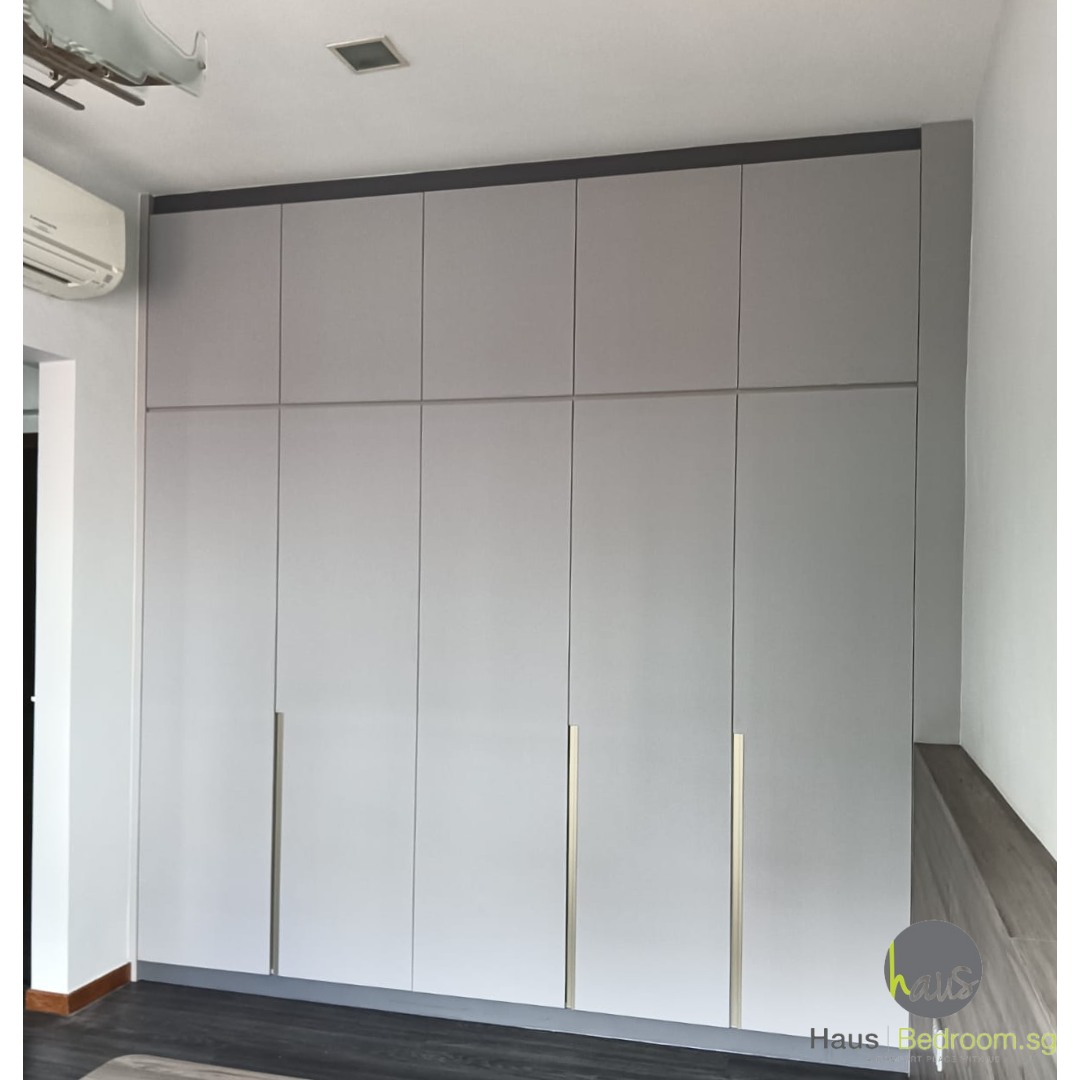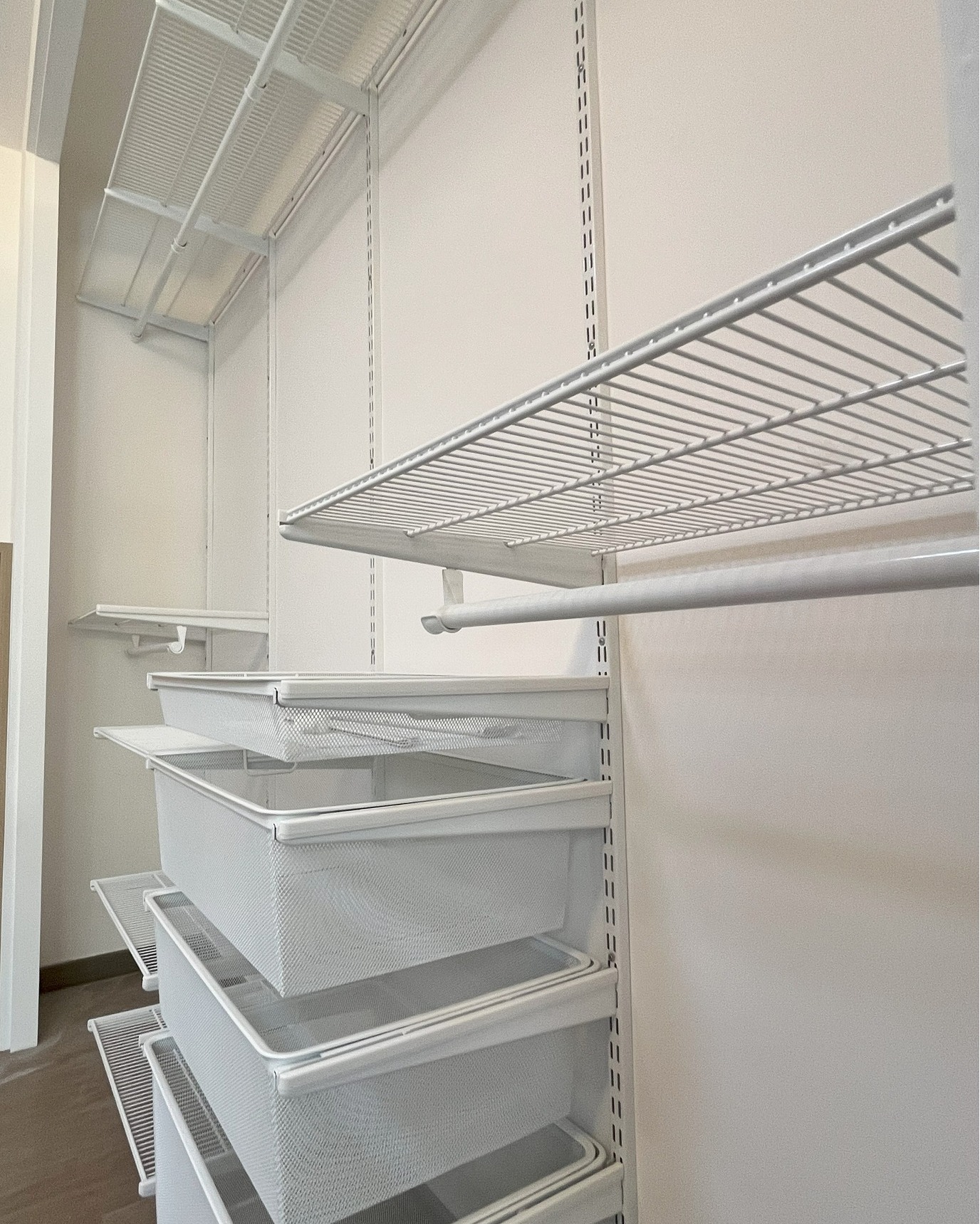TL;DR
- E1 is a safe baseline for most areas; E0 is recommended for bedrooms and nurseries. ENF or F☆☆☆☆ are premium upgrades if budget allows.
- Singapore’s hot, humid climate accelerates off-gassing. Let rooms heat up in the day with windows closed, then flush at night using fans and open windows.
- Seal all cabinet edges with laminates or banding to reduce emissions.
- Ventilate 2–4 weeks after installation and run an activated carbon + HEPA purifier in bedrooms and other high-use areas.
Indoor air quality is a top concern for Singapore homeowners, especially in compact HDB flats and condos. A hidden source of poor air quality is cabinets made with formaldehyde-based adhesives. This guide explains what formaldehyde is, why it matters, and how to choose healthier options like E1 and E0 boards—so your home stays safe and comfortable.
What is Formaldehyde?
Formaldehyde is a reactive gas used in resins and adhesives for engineered wood. It can off-gas indoors and affect air quality.
It’s common in MDF, particleboard, and some plywood due to urea-formaldehyde resins. Off-gassing is higher where cut edges are unsealed.
How Formaldehyde Emissions Occur in Cabinets
MDF/particleboard generally emit more than plywood because they use more resin. In Singapore, heat and humidity accelerate off-gassing.
Best practices: specify low-emission boards, fully edge-band parts, and seal exposed faces with laminates or HPL.
E0 vs E1 vs F☆☆☆☆ vs ENF
ENF (≤0.025 ppm) is currently the strictest practical standard available in Asia. E0 (≤0.05 ppm) is a strong upgrade versus E1 (≤0.1 ppm). Japan’s F☆☆☆☆ aligns with E0-level performance under stricter usage rules.
| Grade | Region/Standard | Formaldehyde Limit (ppm) | Takeaway |
|---|---|---|---|
| E1 | Europe | ≤0.1 | Baseline, generally safe |
| E0 | Europe | ≤0.05 | Health-focused upgrade |
| F☆☆☆☆ | Japan | ≤0.05 (strict rules) | Premium, trusted |
| ENF | Korea/China | ≤0.025 | Best-in-class, ultra-low |
Why this matters in Singapore: Compact spaces and high humidity increase pollutant concentration, making E0 for bedrooms a meaningful upgrade. ENF/F☆☆☆☆ are premium options if budget allows.
What Homeowners Can Do
- Specify materials: E0 or E1 boards.
- Mix grades by room use: E1 is safe and cost-effective for most living areas. Use E0 in bedrooms or nurseries for added protection where your family spends the most time.
- Upgrade if budget allows: ENF or F☆☆☆☆ boards are premium ultra-low emission options for maximum peace of mind.
- Seal everything: ensure laminates/HPL surfaces and full edge banding on all cuts.
- Ventilate post-install: 2–4 weeks with windows open and fans running; flush air at night after daytime heat build-up.
- Filter air: activated carbon + HEPA purifiers in bedrooms and other high-use areas.
The Best Approach for Singapore Homes
A practical strategy for most homeowners is to combine E1 boards in general spaces with E0 boards in bedrooms and nurseries where indoor air quality matters most. For those with the budget, ENF or F☆☆☆☆ boards deliver the lowest possible emissions, though they come at a premium. Always ensure proper sealing and ventilation to maximise performance and long-term safety.
Frequently Asked Questions
Which cabinet grade is safest: E1, E0, or ENF?
ENF is the safest (≤0.025 ppm), followed by E0 (≤0.05 ppm). E1 (≤0.1 ppm) is generally safe indoors, but many Singapore families prefer upgrading bedrooms to E0 for added peace of mind.
Is E0 worth the upgrade over E1 in Singapore?
Yes—E1 is safe for most areas, but upgrading to E0 in bedrooms improves air quality where your family spends the most time. ENF or F☆☆☆☆ are premium choices for those who want the lowest emissions and have the budget.
How to Reduce Formaldehyde at Home After Cabinet Installation (2–3 Weeks)
A Singapore-focused plan to minimise emissions by using controlled ventilation, sealing, and filtration in hot and humid conditions.
-
Controlled ventilation (Days 1–21)
Because Singapore is hot and humid, formaldehyde off-gassing accelerates above 30°C. During the day, keep windows and doors closed so cabinets heat up and release more gas. In the evening and at night, open windows and run fans to flush the air quickly when temperatures are cooler.
-
Seal and close gaps (Days 1–3)
Ensure all cabinet edges are edge-banded and laminated; request contractor touch-ups if needed to reduce exposed surfaces that leak emissions.
-
Run purifier near high-use areas (Days 1–21)
Operate a purifier with activated carbon + HEPA filters in bedrooms and other high-use areas for 8–12 hours per day to trap VOCs and fine particles.
-
Smart material choice (Pre-install)
Use E1 boards in general living spaces and upgrade to E0 boards in bedrooms and nurseries. If budget allows, ENF or F☆☆☆☆ provide the lowest emissions.

